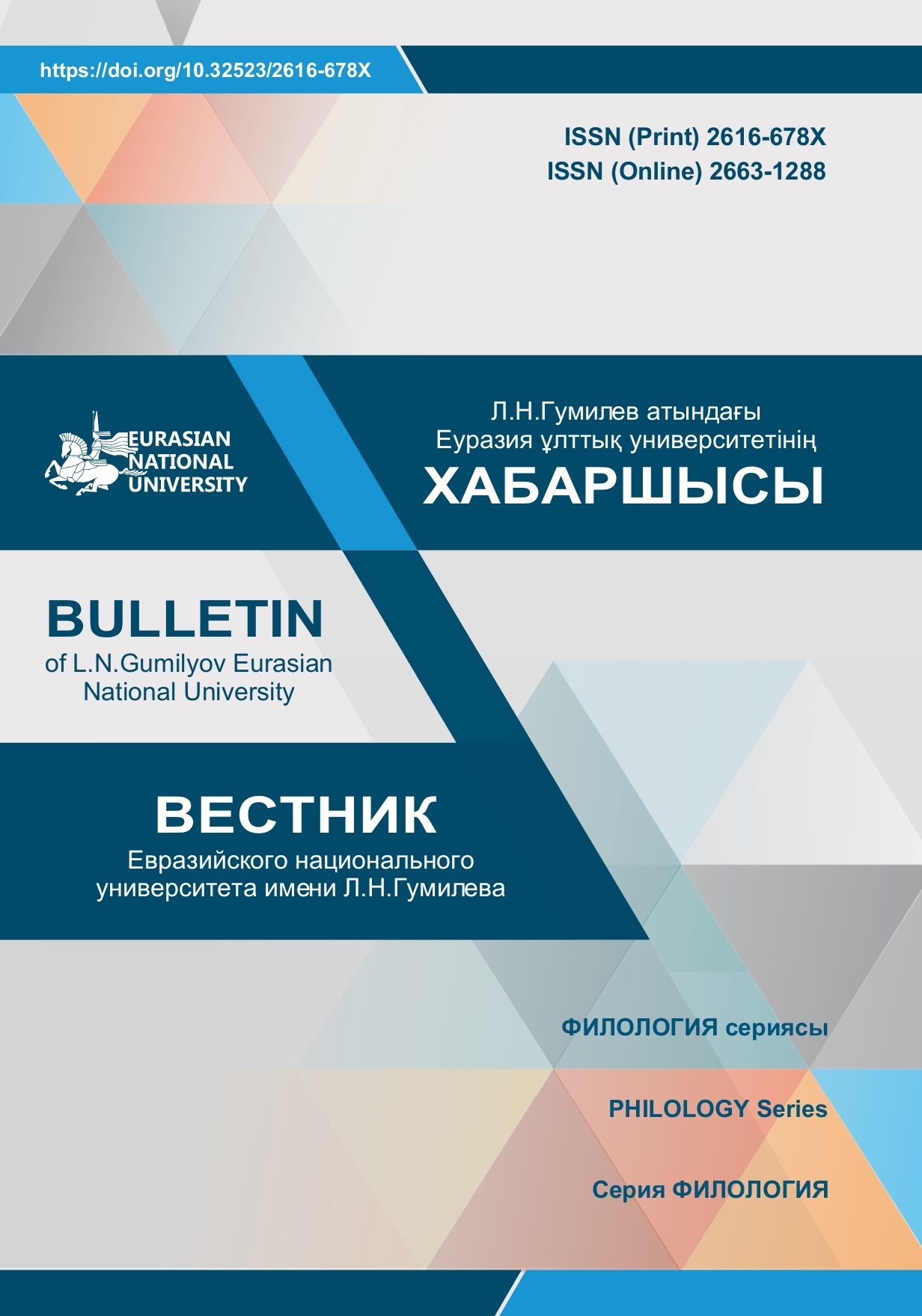Образ города в древнетюрских памятниках
Просмотры: 236 / Загрузок PDF: 226
DOI:
https://doi.org/10.32523/2616-678X-2023-142-1-146-153Ключевые слова:
древнетюркские памятники, «Благодатное знание» Юсуфа Баласагуни, «Дивани хикмет» Ахмеда Яссави, модели города, Кузорда, ТуркестанАннотация
В статье рассматриваются художественные модели города в древнетюркских философских трактатах «Благодатное знание» Юсуфа Баласагуни и «Дивани хикмет» Ахмеда Яссави. Вышеназванные трактаты в настоящее время являются общим достоянием всех тюркскоязычных народов как сокровищница, бережно хранящая в себе свидетельства общественной, культурной и литературной жизни эпохи средневековья. Всесторонне систематическое изучение этноса и государственности, языковой и графической системы, историко-культурного и этнополитического положения казахского и других тюркских народов является важной задачей для наших современников. Существует множество свидетельств того, что тюркские народы, населяющие обширные степи на стыке Европы и Азии, с древних времен склонны вести не только кочевой, но и оседлый образ жизни. Об этом свидетельствует живописное подробное описание быта жителей городов Кашгар, Баласагун, Мекка, Медина и Туркестан, которые можно найти в средневековых историко-культурных памятниках: «Благодатное знание» философа и поэта Ю. Баласагуни и «Дивани хикмет» мыслителя А. Яссави. Города Кузорда (Баласагун) и Кашгар упоминаются в памятнике Ю. Баласагуни «Благодатное знание», а города Медина, Мекка и Туркестан названы в памятнике «Дивани хикмет» А. Яссави. Статья содержит обширный иллюстративный материал, благодаря которому путем герменевтического анализа выбранных художественных памятников, нами были выделены следующие модели города: 1. «Город – пространство»; 2. «Город – сакральное место»; 3. «Город – горожане»; 4. «Город – разочарование»; 5. «Город – исторические личности».







